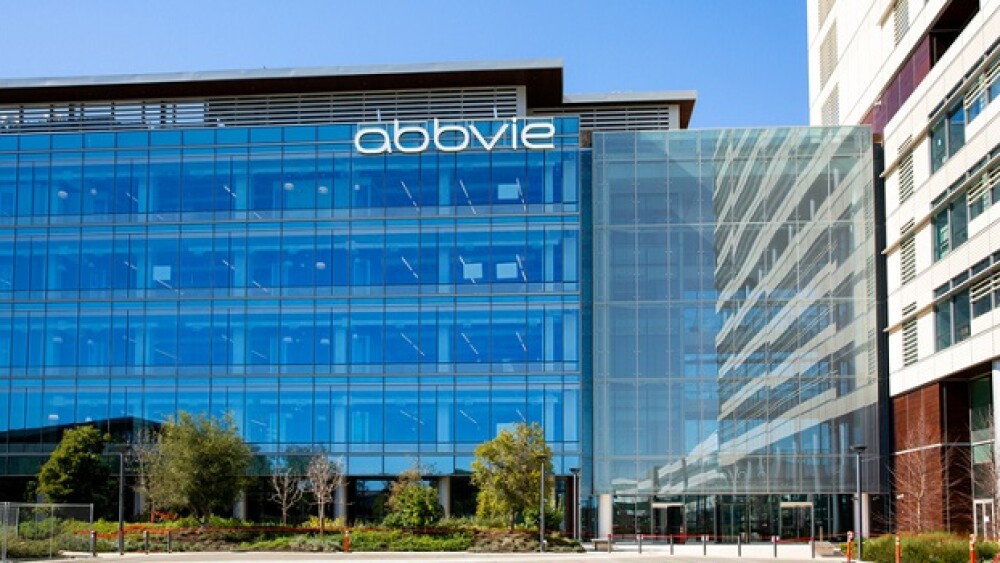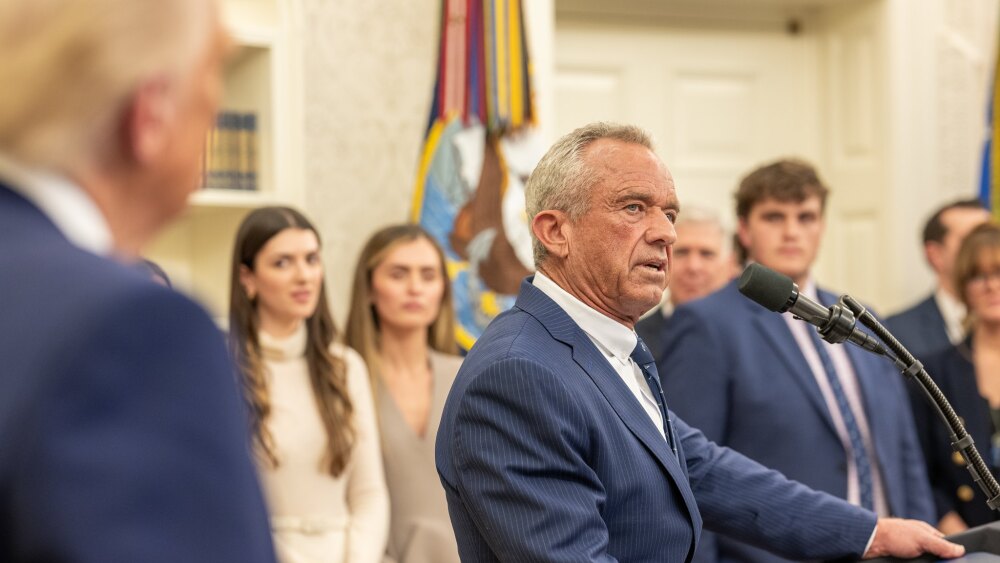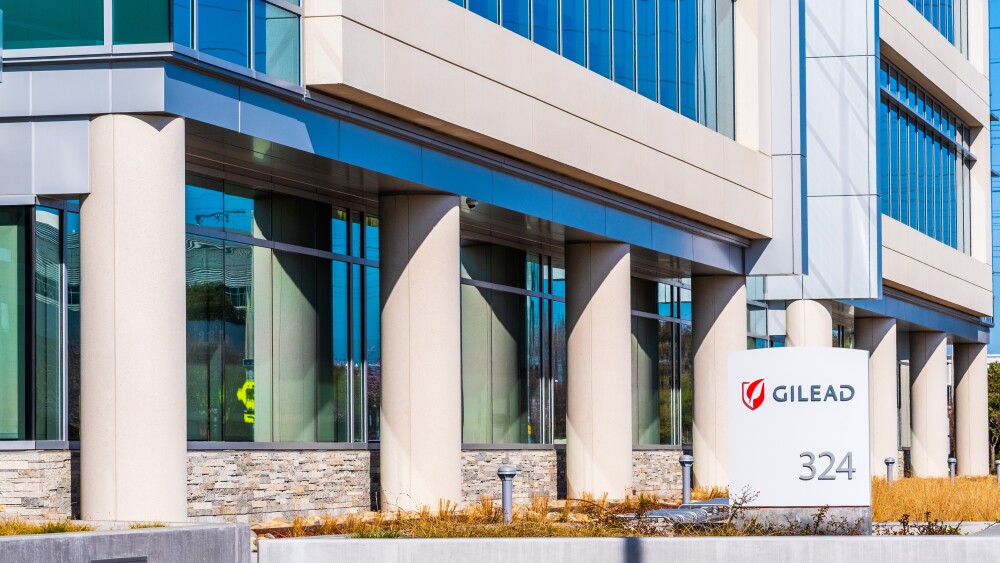The FDA amended its EUA for GlaxoSmithKline and Vir Biotechnology’s sotrovimab for COVID-19. The amendment relates specifically to the BA.2 Omicron sub-variant.
Courtesy of Willy Barton/Getty Images
The U.S. Food and Drug Administration (FDA) amended its Emergency Use Authorization (EUA) for GlaxoSmithKline and Vir Biotechnology’s sotrovimab for COVID-19. The amendment relates specifically to the BA.2 Omicron sub-variant.
Sotrovimab is the companies’ monoclonal antibody therapy. The FDA limited the use of the therapy at the 500mg dose because it is unlikely to work against BA.2, the latest, more virulent variant that is increasingly becoming the dominant form in the U.S. and other countries.
Vir indicated the companies are preparing a data package in support of a higher dose of the therapy for the BA.2 subvariant, which it expects to submit to the FDA and global regulators soon.
Sotrovimab binds to an epitope on SARS-COV-2 that it shares with SARS-CoV-1, the virus that causes SARS. It was engineered using Xencor’s Xtend technology and can hit high concentrations in the lungs.
Reportedly, as part of the FDA’s changes, New England states such as New York, New Jersey, as well as Puerto Rico and the Virgin Islands, will no longer receive shipments of sotrovimab.
When the Omicron BA.1 swept through the country in December and January, the U.S. government similarly stopped shipping antibody therapies by Eli Lilly and Regeneron for the same reason.
Sotrovimab appeared to continue working just fine against BA.1, but laboratory assays recently showed it loses much of its neutralizing effectiveness against BA.2. Although laboratory data and clinical effectiveness in people isn’t necessarily equivalent, Nathaniel Landau, a virologist at NYU’s Grossman School of Medicine and senior author of one of the research studies said, “it just seems likely that when the antibody is so weak in the lab, that it’s not going to work well in patients.”
Antiviral treatments, such as Pfizer’s Paxlovid, appear to still be effective against BA.2 and other variants, but the mutations in Omicron BA.1 and BA.2 seem to help the virus evade monoclonal antibodies. Landau added, “It’s expensive and a lot of work to develop these monoclonal antibodies, and then so rapidly the virus can just escape. That’s what we’ve learned from Covid.”
Last month, the FDA authorized Eli Lilly’s monoclonal antibody therapy bebtelovimab against BA.2. Generally, these antibody treatments are being saved for use in COVID-19 patients at high risk of hospitalization.
Currently, BA.2 is responsible for about a third of COVID-19 infections in the U.S., and is expected to soon become the dominant variant. Depending on the studies, it appears to be 30% to 50% more transmissible than the BA.1 variant but has roughly equivalent disease severity. In addition, the vaccines appear to be just as effective against BA.2 as they are against BA.1.
Dr. Rochelle Walensky, director of the U.S. Centers for Disease Control and Prevention (CDC), noted the increases in BA.2 infections in New York and New England, with some increase in hospitalizations, but added, “I want to emphasize that these upticks reflected minor increases from very low levels to still very low levels, but sustained trends over time can give us an early indication of COVID-19 infections in communities.”
The way in which BA.2, a subvariant of Omicron, has surged, is inconsistent. In South Africa, for example, it edged out BA.1, but didn’t result in a surge of cases. In Europe, for example in Denmark, it resulted in an additional spike, but then subsided.
It’s not really known why, although some of it may be related to very high population immunity from vaccines and previous infections. In particular, the Omicron BA.1 variant was so infectious compared to Delta, that large percentages of populations were already recently infected.





